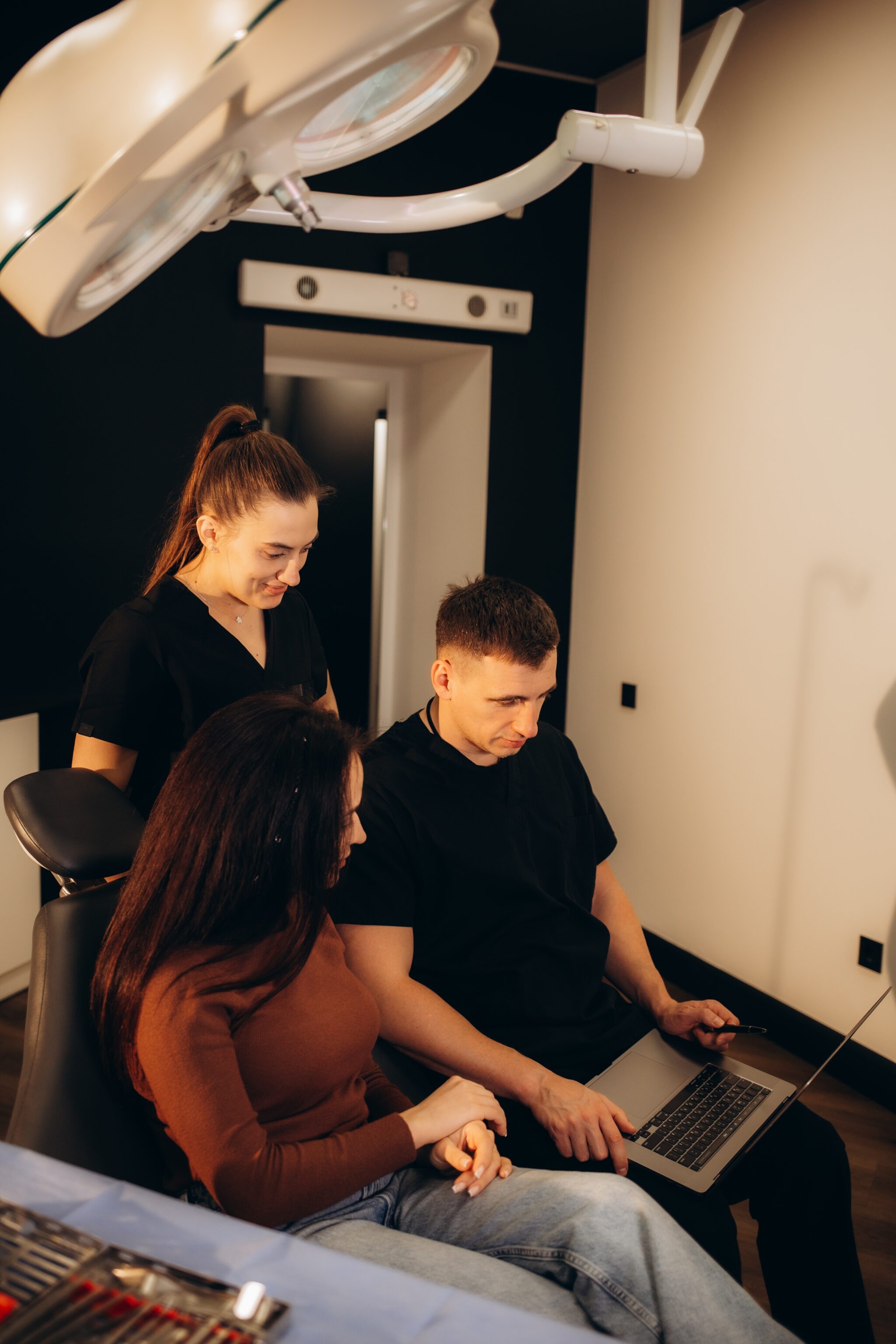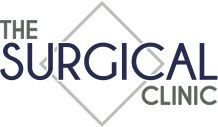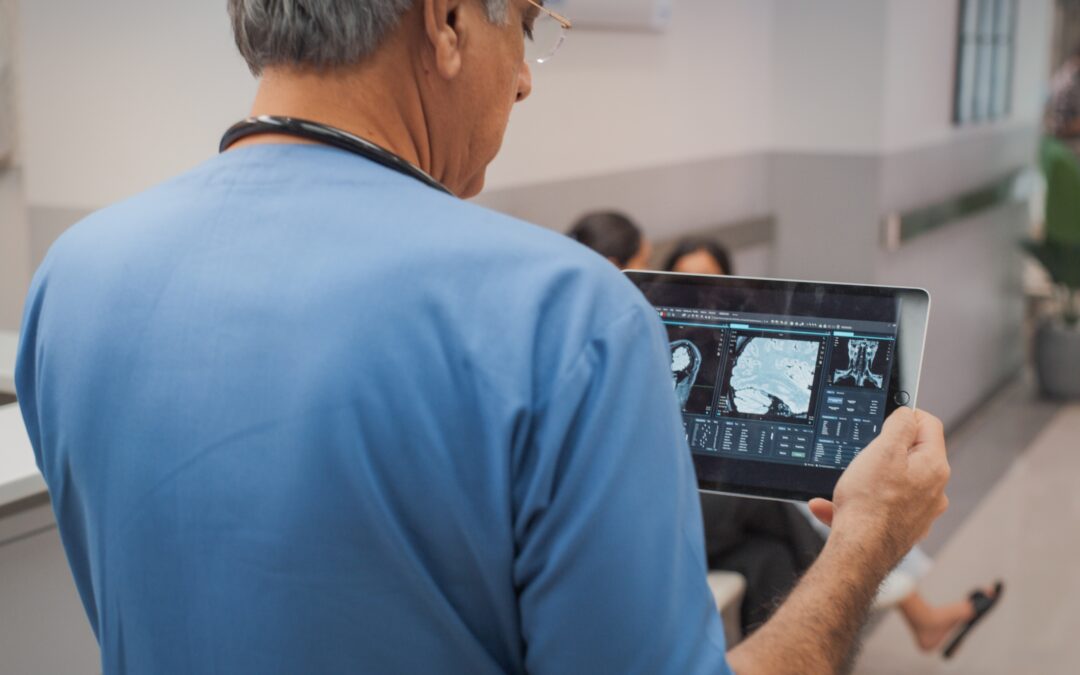With the improvement and progress of technology, many providers can offer an array of different types of imaging to envision what the outcomes of plastic surgery can look like. As most know, plastic surgery is extensive, as there are different types with different outcomes. With this in mind, the forms of imaging prior to a plastic surgery will be different as well.
Let’s examine the different types of plastic surgery and its relation to imaging before an individual undergoes treatment. We will also explore the benefits of imaging before any type of plastic surgery.
What is Plastic Surgery?
Plastic surgery is a type of surgery performed under anesthesia to change, repair, or reconstruct a portion(s) of the body. The word “plastic” is from the Greek word “plastikos”, which literally means to mold or shape. Plastic surgery has been around in some form since 800 B.C., but the type of plastic surgery we are familiar with today began shortly after World War 1.
What is the Main Purpose of Plastic Surgery?
While many seek out plastic surgery for a variety of reasons, the main focus of plastic surgery is to reshape or improve a portion on the face or body to the desire of the patient. This could be due to a cosmetic desire or reconstruction purposes.
Different Kinds of Plastic Surgery
There are two main different kinds of plastic surgery. Cosmetic and reconstructive plastic surgeries often use the same means to reach their respected results, but the purpose from the patient differs. Some look to plastic surgery to enhance or improve a feature, while others look to plastic surgery to improve quality of life out of necessity. Ultimately, the goal is to meet the patients’ desires, and sometimes needs, through the means of plastic surgery.
Let’s take a deeper look at the difference between a cosmetic plastic surgery vs. a reconstructive plastic surgery.
Cosmetic
A cosmetic plastic surgery can be viewed more as an “elective” surgery that a patient undergoes to change their appearance. This can be performed anywhere on the body, but the face, breasts, and abdomen are the more common places where a cosmetic surgery is performed. Another key difference between cosmetic and reconstructive plastic surgery is the insurance factor. Generally speaking, insurance companies will not cover cosmetic plastic surgery procedures, especially if it is not impacting the patient’s day to day activities.
Common Cosmetic Plastic Surgery Procedures
Plastic surgery is truly an art as it can reshape and remold a variety of different parts of the body. For some patients who are looking to enhance their body, boost their confidence, or treat signs of aging, cosmetic surgery is a popular option. Some of the top common plastic surgeries include:
Breast Augmentation: This type of cosmetic surgery uses breast implants and fat grafting techniques to enhance and increase the breast shape or look. Recovery from a breast augmentation surgery can be anywhere from 6 – 8 weeks, and patients typically will not see final results until the 6 – 8 marker. Breast enhancement of this kind can typically last 10 – 20 years.
Blepharoplasty: Blepharoplasties are surgeries to remove excess skin on the eyelids. There are two kinds of blepharoplasties, one being an upper blepharoplasty to remove excess skin on top of the eyelid. While a lower blepharoplasty is performed to remove excess skin on the bottom eyelid, such as under-eye bags. Recovery for an upper and lower blepharoplasty can last a few months for complete healing. The lifetime of an upper and lower blepharoplasty can be anywhere from 5 years to indefinitely.
Rhinoplasty: Rhinoplasties are done to change the appearance of a nose. Patients can opt to include a septoplasty, which corrects internal nose cartilage to correct a deviated nasal septum. A septoplasty is separate from a rhinoplasty, but many surgeons can perform both within the same procedure. The healing time for a rhinoplasty can be anywhere from 3 months to 1 year, as it will take time for swelling to completely disappear. Rhinoplasty surgery will last a lifetime.
Abdominoplasty: Also known as a tummy tuck, abdominoplasties remove excess skin from the abdomen region to make it appear thinner. Recovery time for an abdominoplasty can take up to months, while an abdominoplasty will last a lifetime.
Buccal Fat Removal: This type of cosmetic surgery has become more popular recently and is performed by surgically removing the fat pads of the lower cheek. This creates a more hallowed and contoured look in the cheeks. Buccal fat removal surgery will only take about 3 weeks to fully heal, with swelling still decreasing over time, and can last a lifetime dependent on weight gain or loss.
Face-lifts: Facelifts are complex, as each patient and their goals are different. The main way a face lift works is by surgically pulling back skin on each side of the face to essentially lift and tighten its appearance. Patients should start to notice a difference in the appearance of their face 2 – 4 weeks after this surgery. A face-lift typically lasts 10 years.
Reconstructive
Reconstructive plastic surgery is for patients needed to restore certain portions of their body due to medical condition or from an illness. This type of plastic surgery is also an art form in the sense that a skilled surgeon will work to bring life back to parts of the body needing restoration and further healing. Typically these surgeries are not elective, but are required for better health and normal day to day function. Often, reconstructive plastic surgery can be covered by insurance based on the severity of the condition and the insurance’s policy.
Common Reconstructive Plastic Surgery
Some common types of reconstructive plastic surgeries include:
Breast Reconstruction: For breast cancer patients who have undergone treatments like a mastectomy or lumpectomy, breast reconstruction is done to restore the breasts. Surgeons will either take fat from another part of the body or use breast implants. Patients who undergo breast reconstruction will find that it typically takes 6 – 8 weeks to fully heal. Implants from breast reconstruction can last 10 years, while breast reconstructed from skin and tissue will generally last a lifetime. However, this type of reconstruction is still not immune to the aging process and weight fluctuations.
Skin Grafting: Skin grafting is performed by a surgeon removing one section of healthy skin to a portion of the body that has damaged or missing skin. Patients injured from burns or infections typically undergo these procedures. Since many burn patients suffer from pain, itching, and fatigue from this condition, skin grafting is a miracle surgery for many. Recovery is about 2 – 3 weeks for full healing, but the results last for several years.
Facial Reconstruction: Patients who have experienced a severe injury or trauma, or were born with a facial birth defect to the face may undergo facial reconstruction. Sometimes facial reconstruction surgery can require multiple surgeries to restore and correct an injury or condition. What’s unique about facial reconstruction is that there is an element of cosmetic surgery that comes into play when needing to re-enhance certain features that have been impacted. It can take a full year to completely heal from a facial reconstructive surgery.
Septoplasty: Septoplasty is a procedure that corrects the deviated septum in the nose. Patients with a deviated septum can experience issues with breathing, dry mouth, and congestion which can impact their day to day activities. Recovery from a septoplasty can take 1 – 2 months, and the results should be permanent when done by a skilled and reputable surgeon.
Imaging Before Plastic Surgery
Prior to any sort of plastic surgery, whether cosmetic or reconstructive, it can be helpful for your surgeon to provide imaging. Imaging can help the patient envision what their results will most likely look like post surgery. For the patients who need a visual to understand what they can expect, this can be incredibly helpful!
Different Kinds of Imaging for Plastic Surgery
There are a variety of different types of imaging options patients can get prior to a plastic surgery. Different imaging works better for different types of surgery. Some common imaging surgeons use include:
Vectra 3D Imaging: This is a type of digital imaging that can be used to image what the face, breast, or body may look post a cosmetic or reconstructive surgery. With Vectra 3D imaging, patients can get different angles of what they can expect from their surgery.
Ultrasound Imaging: Ultrasound imaging is beneficial when a surgeon is needing better details of soft tissue, for example, with breast surgery.
MRI Imaging: MRI Imaging takes photos of the face or body of the anatomy in the body. Surgeons may recommend an MRI prior to surgery of the breast, facial reconstruction, and skin grafting.
CT Scan: CT Scans can be helpful for surgeons prior to a facial reconstruction, rhinoplasty, septoplasty, abdominoplasty, and breast surgery. These types of scans provide internal images of the body.
Pre and Post Operation Photos: Before and after photos can be helpful more so for the patient. If a patient is looking to undergo a plastic surgery, and would like to see a particular surgeon’s work, this can provide more insight and maybe expectations.

Top Benefits of Imaging Before Plastic Surgery
Undergoing, or seeing, digital imaging prior to a cosmetic or reconstructive surgery can be beneficial in more ways than one. Some of these top benefits of imaging include:
- Visual Idea: To help alleviate the nerves and even fears that come with a major surgery, visually seeing what the outcome may look like can be incredibly helpful. This can allow a patient to have a better idea and view of what they can expect after their surgery. With imaging like the Vectra 3D, it can help to clearly see what a potential outcome could be without having to fully imagine it!
- Better Assessment: Many surgeons also use imaging as it helps them to gather better information, details, and assessment of your current condition. From analyzing the bone structure with a CT scan for a deviated septum, to analyzing skin tissue for breast reconstruction; imaging works together to provide better results for the patient and more clarity for the surgeon.
- Clarity on Expectations: Looking at imaging prior to a surgery can help the surgeon to answer any questions the patient may have on what to expect. While imaging is helpful, and 3D imaging in particular can provide a strong visual of what to expect, it’s important to understand that there are still nuances within a patient’s anatomy and surgery. It is important to discuss possible risks associated with surgery, and to recognize that not all representations in 3D imaging are a guarantee result.
- A Good Starting Point: Some patients may think they need extensive surgery for a particular condition they are facing. Imaging can allow a provider to truly analyze a medical concern, and create the right plan for you! Their recommendations may surprise you, but their knowledge and expertise is to help provide you with the best results possible with any plastic surgery.
Imaging & Plastic Surgery with The Surgical Clinic in Nashville
If you are in need of a reconstructive surgery, or curious about a cosmetic one, then connect with our team at The Surgical Clinic in Nashville, TN. With over a dozen locations throughout the greater Nashville area, you will be sure to find the right clinic and provider for you.
From cosmetic to reconstructive, our team of reputable and knowledgeable plastic surgeons can answer any questions you may have. All of our plastic surgeons have experience within cosmetic and reconstructive surgery from breast reconstructions to scar revision. Our aim is to provide each patient with quality care, integrity, and excellence with any type of plastic surgery our patients undergo.
We look forward to hearing from you, and are ready to meet and assess any of your plastic surgery needs.



